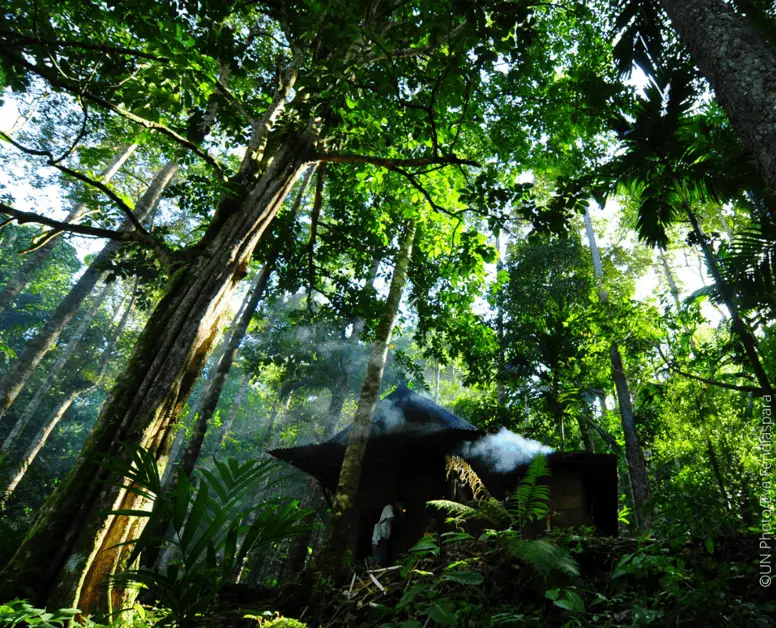We rely on nature for our survival. Mother nature provides us with our oxygen, regulates our weather patterns, pollinates our crops. However, nature is suffering. Human activity has altered almost 75 percent of the earth’s surface, squeezing wildlife and nature into an ever-smaller corner of the planet and increasing the risks of zoonotic diseases like COVID-19.
Ending environmental decline and restoring the health of our planet is imperative despite past progress. A recent UN report on biodiversity found that around 1 million animal and plant species are now threatened with extinction and biodiversity is deteriorating faster than at any other time in human history. Declining biodiversity and degraded ecosystems driven by external pressures such as development, pollution and land use change are threatening especially poor and vulnerable communities, as narrowing sources of food, medicine, fuel and clean water combined with land degradation and soil erosion create detrimental impacts upon people’s life. Sustainable forest management is gaining ground, but deforestation remains high and affected the lives and livelihoods of millions of people. Every year, some two million people die from neglected zoonotic diseases.
The world needs a robust plan for protecting nature and shifting to a more sustainable economy. The global COVID-19 outbreak also highlights the urgent need to address threats to ecosystems and wildlife.
In April’s Goal of the Month editorial, we focus on Goal 15: Sustainably manage forests, combat desertification, halt and reverse land degradation, halt biodiversity loss . Check here to learn more about why the Goal matters and what you can do to advance the Sustainable Development Goals.
Source
Image Source



